When it comes to enhancing your lower body strength and achieving that super-toned butt you've always wanted, not all exercises are created equal. Understanding and targeting the various butt muscles is crucial for improved strength and a more sculpted appearance. Whether you're a gym novice or a seasoned workout warrior, focusing on targeted exercises can dramatically improve the strength and appearance of your glute muscles.
Today, we'll dive into three powerhouse movements that can be key components of your glute workouts: Hip Thrusts, Donkey Kicks, and Hip Abductions, each with a modern twist using handy workout tools like the Nordstick and OmniStrap.
Key Takeaways
- Target your glutes with precision: These three exercises focus on maximizing glute activation, helping you build strength and shape your butt efficiently.
- Minimal equipment, major results: With just a resistance band and a few simple tools, you can achieve a toned, stronger booty right at home.
- Boost strength and stability: Incorporating these exercises into your routine not only sculpts your glutes but also improves lower body stability for better overall performance.
And now, the glute exercises.
1. Hip Thrusts with a Nordstick and Yoga Ball
A favorite among fitness enthusiasts for its effectiveness, the hip thrust specifically targets your gluteus maximus, the largest of the three glute muscles. This exercise not only helps in sculpting your butt but also plays a crucial role in improving overall performance in athletics and daily activities.
How to do it:
-
Position the NordStick behind your heels, ensuring it is secure.
-
Place your upper back on a Yoga Ball, with your knees bent and feet flat on the ground, hip-width apart.
-
Push through your right and left heel and raise your hips towards the ceiling, an action known as hip extension, which effectively targets the gluteus maximus by engaging it throughout the movement.
-
Hold for a second and then slowly return to the starting position.
Integration into your workout routine:
Incorporate hip thrusts into your leg day routine or your comprehensive lower body workouts. Start with 3 sets of 10-12 repetitions, and as you progress, increase the resistance by adding more weight to the Nordstick or extending the duration of the hold at the top of the movement.
2. Donkey Kicks with the OmniStrap
Donkey kicks are excellent for isolating the posterior chain muscles, specifically the gluteus maximus and gluteus medius. Adding resistance with the OmniStrap amplifies the effectiveness of this already powerful glute workout.
How to do it:
-
Secure the OmniStrap around your left foot; attach a dumbbell for added resistance.
-
Get on all fours on a mat, ensuring your knees are cushioned. Your knees should be slightly bent.
-
Keep your core tight and your back straight as you lift your right foot (with the knees bent) towards the ceiling.
-
Ensure your left foot pushes upwards rather than your thigh lifting; this keeps the focus on your glutes.
-
Return to the starting position and repeat before switching to the left leg.
-
When performing the exercise with the left foot, ensure that the left knee is bent to emphasize balanced strength and development in both glutes.
Integration into your workout routine:
These can be done as part of a circuit training session or within a dedicated glute day in your workout schedule. Aim for 3 sets of 15 repetitions per leg. For beginners, performing the exercise without a dumbbell is advisable, gradually adding weight as you become more comfortable with the movements.
3. Hip Abduction with OmniStrap
Targeting the often-overlooked gluteus medius and gluteus minimus, hip abductions strengthen and tone the sides of your buttocks, aiding in better hip stability and a more defined butt contour.
How to do it:
-
Attach the OmniStrap securely to your feet, adding a dumbbell for more challenge.
-
Stand with your feet slightly wider than shoulder width, keeping your core engaged.
-
Lift your right leg to the side, maintaining a slight bend in your right knee and the standing leg.
-
Keep the movement controlled, focusing on the abduction motion to engage the right muscles.
-
Slowly lower your right leg back to the starting position and repeat before switching to your left leg.
Integration into your workout routine:
Hip abductions can be a great addition to your warm-up or cool-down routines. They're also effective when included in a lower body workout, particularly for working on muscle imbalances. Perform 2-3 sets of 12-15 reps per side.
Importance of Strong Glutes
Glutes in Daily Activities
Strong glutes are essential for various daily activities, from walking and running to lifting and bending. These muscles stabilize your pelvis, helping you maintain balance and an upright posture. When your glute muscles are engaged, they provide the necessary power for movements like climbing stairs or getting up from a sitting position.
For instance, when you walk, your glutes work to propel your body forward, ensuring each step is efficient. When lifting objects, having strong glutes reduces the strain on your lower back, thereby minimizing the risk of injury. Moreover, for sports enthusiasts, powerful glutes enhance performance in activities such as running and cycling by providing the necessary hip extension and power.
By focusing on strengthening your glutes, you not only improve your athletic abilities but also make everyday tasks easier and safer, reducing the risk of injuries over time.
Preventing Injuries with Glute Strength
Strengthening your glute muscles is crucial for injury prevention, particularly in the lower back, hips, and knees. Weak glutes can contribute to imbalances in your body, leading to conditions such as lower back pain and knee problems. When your glutes are not adequately developed, other muscles, like those in your lower back or thighs, must compensate. This overcompensation often results in strain and potential injury.
For example, strong glutes help keep your knees aligned during activities like squats or lunges, preventing undue stress on your knees. Additionally, they play a significant role in stabilizing your pelvis, reducing the risk of hip misalignments. By incorporating glute exercises such as hip thrusts and glute bridges into your routine, you can enhance glute activation and support your overall lower body mechanics.
Consistently focusing on glute strength helps maintain alignment and balance, significantly decreasing the likelihood of injury during physical activity and everyday tasks.
Confidence and Aesthetic Appeal
Strong glutes not only contribute to your physical well-being but also enhance your confidence and aesthetic appeal. A well-toned butt is often seen as a sign of fitness and health, which can boost your self-esteem. When your gluteal muscles are strong and defined, they improve your overall body shape, giving you a more balanced and proportionate look.
The aesthetic benefits of strong glutes go hand-in-hand with functional improvements. As your glutes become stronger, you may notice a more sculpted and lifted appearance, which can be particularly motivating. This physical transformation can enhance your confidence both in and out of the gym, encouraging you to stay committed to your fitness goals.
Moreover, feeling confident in your appearance can positively impact other areas of your life, from social interactions to professional settings. Embracing glute workouts not only improves your physical health but also fosters a sense of empowerment and self-assurance.
Enhancing Athletic Performance
Impact on Running and Cycling
Strong glutes are pivotal for improving performance in running and cycling. These activities rely heavily on hip extension, a movement powered by the glute muscles.
When running, your glutes help propel your right and left knee and body forward with each stride, enhancing your speed and endurance. They provide the necessary power and stability for pushing off the ground, allowing for a more efficient running form.
In cycling, glutes contribute to each pedal stroke's power, especially during uphill climbs or sprints. Well-developed glute muscles ensure that force is distributed effectively throughout the lower body, reducing the risk of fatigue and enhancing overall performance.
Additionally, strong glutes help maintain proper alignment of the pelvis and spine, which is crucial for both sports to avoid injuries and optimize biomechanical efficiency.
Incorporating targeted glute workouts into your training routine can lead to significant improvements in your athletic capabilities, making running and cycling more effective and enjoyable.
Role in Swimming and Other Sports
Glute strength is not only essential in running and cycling but also plays a significant role in swimming and various other sports. In swimming, powerful glute muscles contribute to a strong kick, propelling you efficiently through the water. They help maintain a streamlined body position by stabilizing your core and lower body, which is crucial for reducing drag and increasing speed.
In addition to swimming, sports such as soccer, basketball, and tennis benefit from strong glutes. These muscles aid in explosive movements, quick directional changes, and maintaining balance during high-intensity plays. For instance, in soccer, strong glutes enhance your sprinting and jumping abilities, providing better performance on the field.
Furthermore, glute strength helps protect athletes from common sports-related injuries by supporting proper alignment and reducing undue stress on joints. By incorporating glute-building exercises into your training, you can improve your performance across a range of sports, ensuring a competitive edge and reducing injury risks.
Supporting Lower Back and Hip Alignment
Strong glutes play a crucial role in supporting lower back health and maintaining proper hip alignment. They act as stabilizers for the pelvis, ensuring that your hips remain aligned during various movements. This is important for preventing lower back pain and reducing the risk of injuries related to poor posture or alignment issues.
When your glutes are weak, other muscles such as those in the lower back, left and right leg and hamstrings may overcompensate, leading to strain and discomfort.
By strengthening your glutes, you help distribute the workload more evenly across your body, which alleviates pressure on the lower back. Exercises like hip thrusts, lateral lunges, and Bulgarian split squats are particularly effective for enhancing glute strength and stability.
A well-developed gluteal region supports a neutral spine and balanced posture, making everyday activities safer and more comfortable. Focus on balanced glute development to ensure your lower back and hips are well-supported, contributing to overall functional fitness and injury prevention.
Final Thoughts + a FREE Workout Routine
Whether you're looking to build a stronger, more toned butt or simply enhance your lower body strength, incorporating these exercises into your routine can yield significant benefits.
We have an easy-to-follow program designed to help you sculpt your dream booty. You only have to commit 2-3 days in your week to build a stronger, bigger, firmer butt!
DOWNLOAD THE FREE DREAM BOOTY BUILDER PROGRAM NOW
Remember, consistency is key. Maintain a regular workout routine, and ensure you're challenging yourself with progressive resistance to keep those gains coming.
Additionally, always consider consulting a certified personal trainer or a physical therapist if you're new to these movements or if you have pre-existing conditions like knee pain. They can provide personalized guidance and modifications to ensure safety and effectiveness throughout your fitness journey.
Embrace these movements, push through the challenges, and watch as your strength and tone transform. Here’s to a stronger, more empowered you!

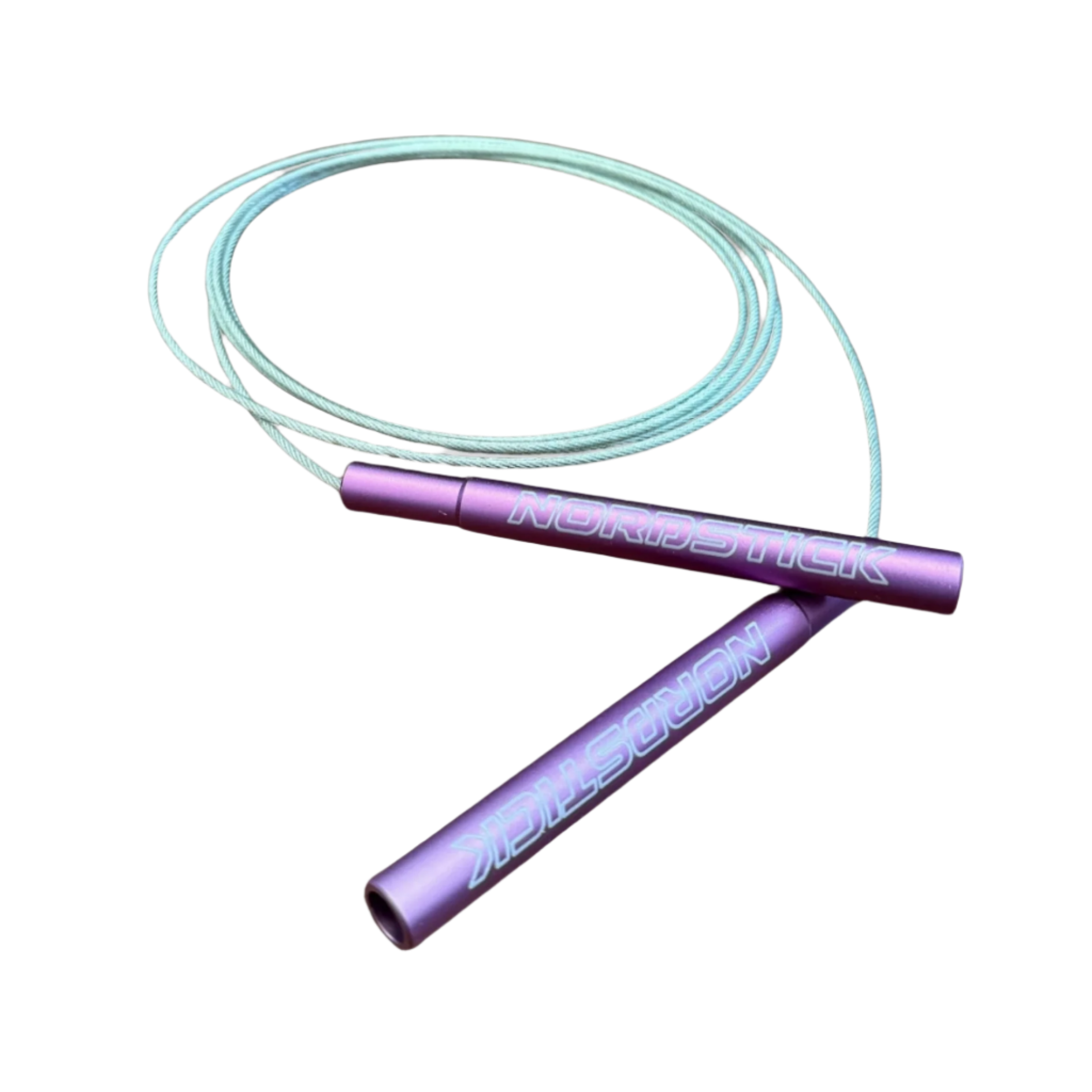

































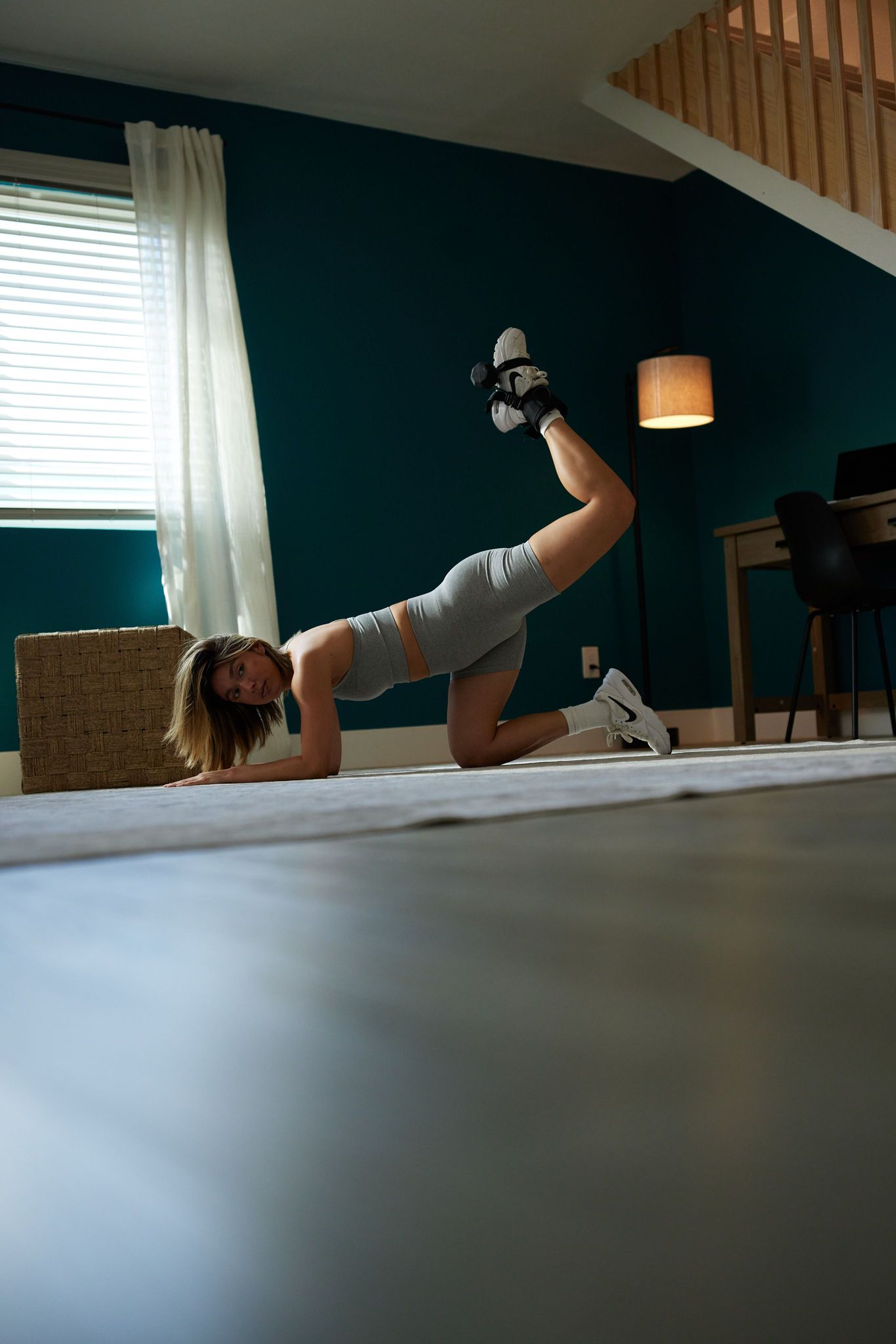
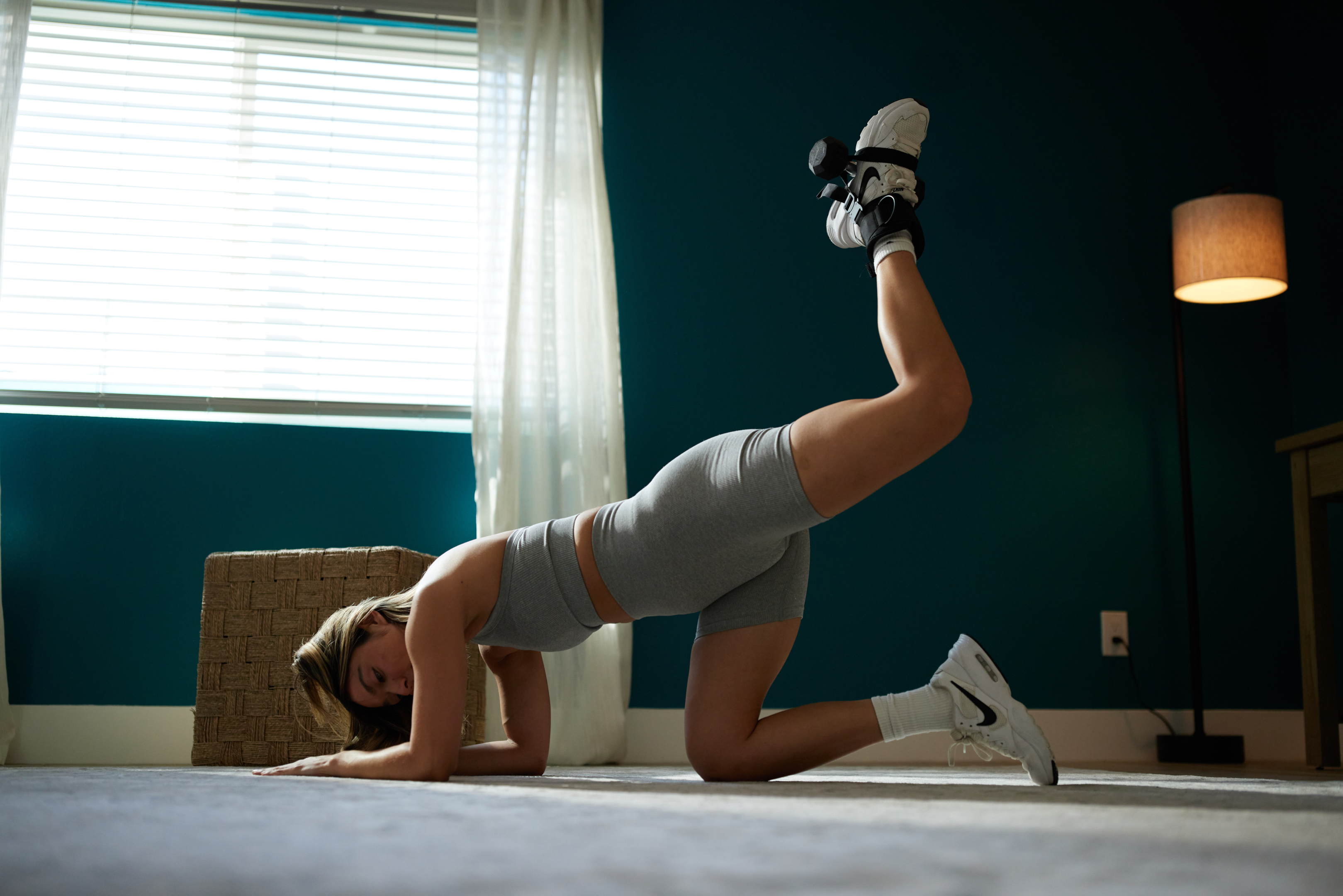

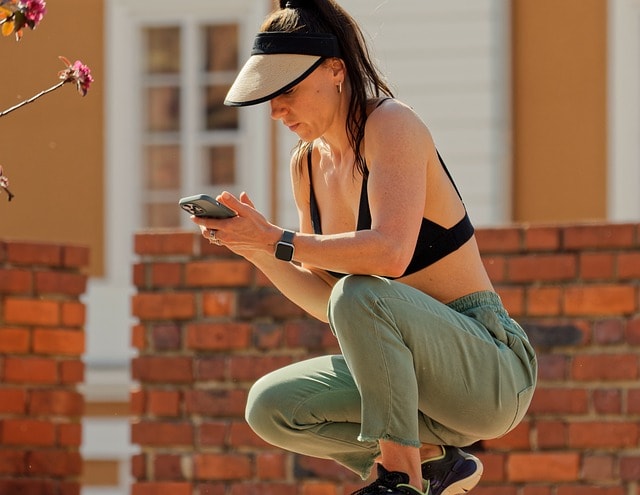
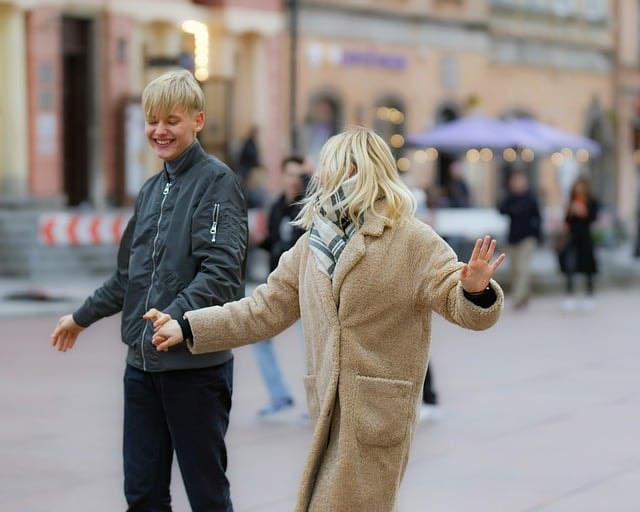


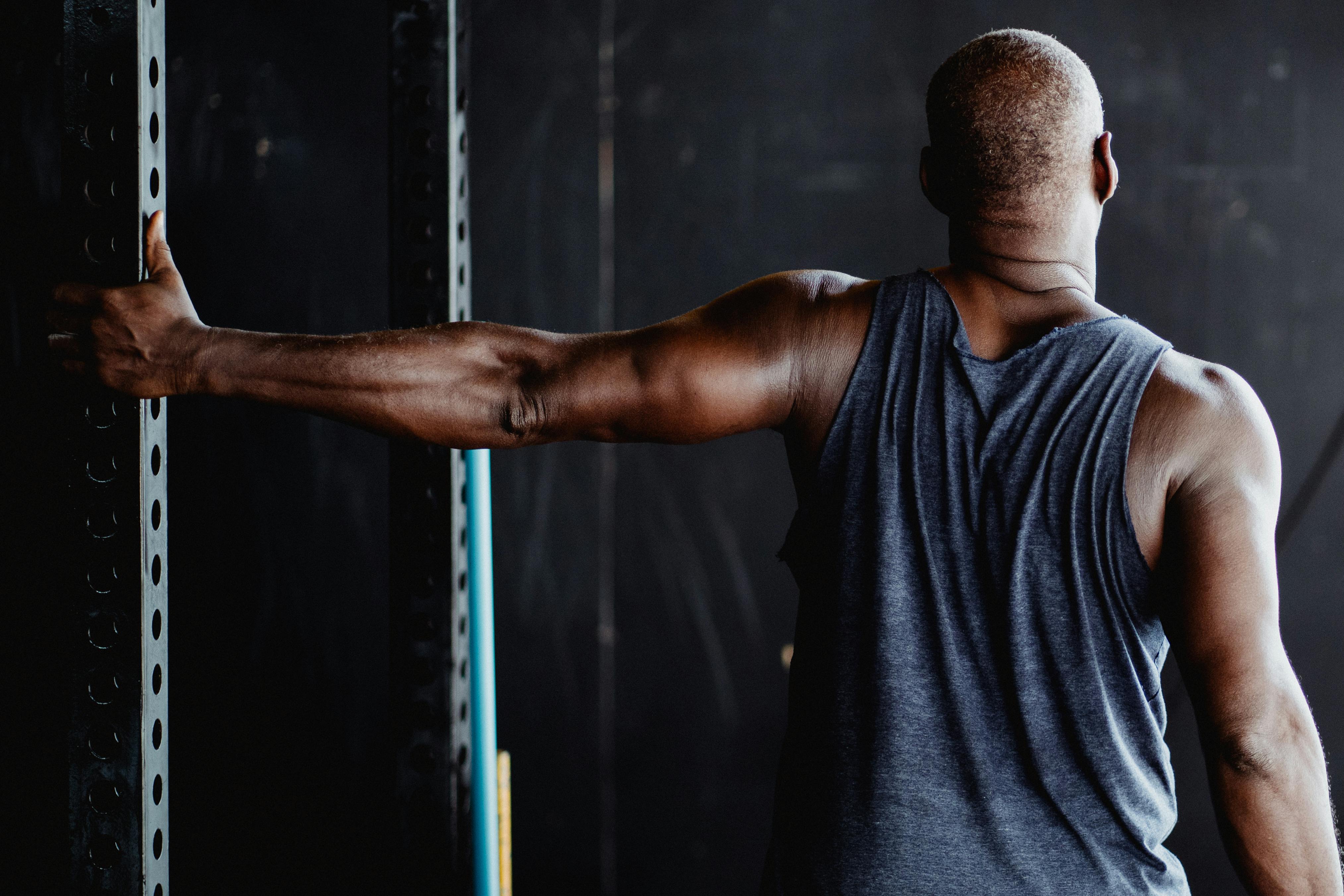
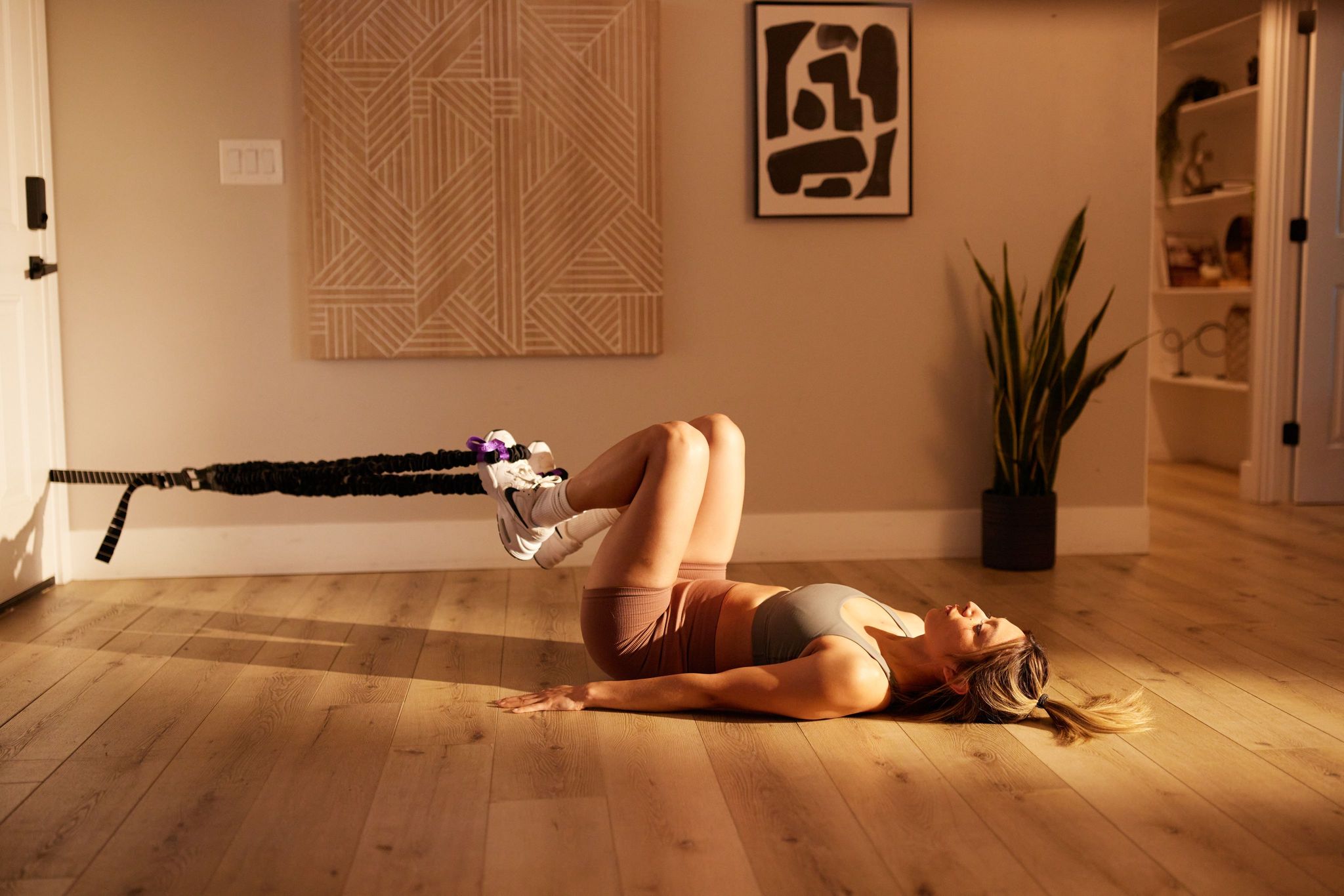



Leave a comment
This site is protected by hCaptcha and the hCaptcha Privacy Policy and Terms of Service apply.